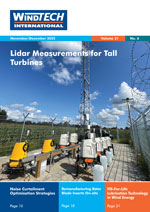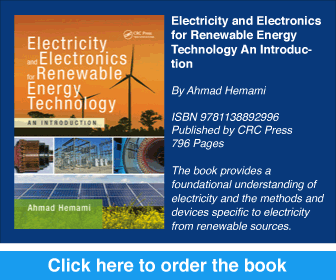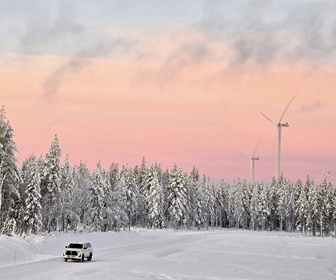At the request of the Global Offshore Wind Alliance (GOWA), Ember has developed an authoritative and up-to-date overview of offshore wind targets worldwide, encompassing national, regional and provincial commitments. Governments worldwide continue to strengthen their commitment to offshore wind, viewing it as a cornerstone of the clean energy transition. According to the latest Global Offshore Wind Targets Report from the Global Offshore Wind Alliance (GOWA), 27 countries now have national targets, supported by 27 subnational and three regional commitments.
Offshore wind capacity is projected to nearly triple by 2030, rising from 83 GW in 2024 to 238 GW, according to the Global Wind Energy Council (GWEC). However, many countries are expected to fall short of their 2030 goals, with timelines shifting into the early 2030s. GWEC has reduced its global forecast by 25% compared with last year, reflecting delayed projects and weaker investment in key markets.
National and regional targets
Of the 27 countries with national targets, 22 have set goals for 2030 and 18 have post-2030 commitments. Seven countries have introduced specific targets for floating offshore wind. The European Union accounts for 99 GW of combined 2030 targets, led by Germany (30 GW) and the Netherlands (21 GW). The United Kingdom has the largest national goal, between 43 and 50 GW, followed by India (30–37 GW) and the USA (30 GW).
Eighteen countries have longer-term ambitions extending to 2035 and beyond. Legally binding post-2030 targets include those in Germany, France, Greece and Türkiye.
Subnational and provincial targets exist across 27 regions, including 11 US states (84 GW total), three South Korean provinces, 11 coastal provinces in China (64 GW under the current Five-Year Plan), and additional commitments in Australia and Canada.
China, while lacking a formal national target, remains the dominant market and is expected to account for around 61% of global operational capacity by 2030. The next Five-Year Plan (2026–2030) is expected to include national and provincial offshore wind goals.
Expanding global participation
Beyond current target-setters, 88 countries have identified offshore wind potential, with 11 actively developing plans. These include Global Offshore Wind Alliance members such as Australia, Brazil, Canada, Chile, Malta and Panama.
Latin America is emerging as a promising region, with Brazil preparing its first offshore auction for 2026 and Chile advancing early-stage development. Morocco will host Africa’s first offshore wind farm — a 1 GW project near Essaouira, scheduled to begin construction in 2029. New Zealand and Azerbaijan are also progressing regulatory frameworks and pilot zones for offshore projects.
Policy and market context
The offshore wind sector faces cost inflation, supply chain bottlenecks and permitting delays. GOWA emphasises that clear and credible targets remain vital to anchor the industry in national energy strategies, attract capital and support workforce and infrastructure planning.
Despite recent setbacks, including temporary policy reversals in the USA, governments continue to view offshore wind as essential for energy security, industrial growth and emissions reduction. As the world approaches the COP30 summit in Brazil, GOWA is calling for governments to reaffirm and raise their offshore wind ambitions, ensuring the technology remains central to global renewable energy goals.










